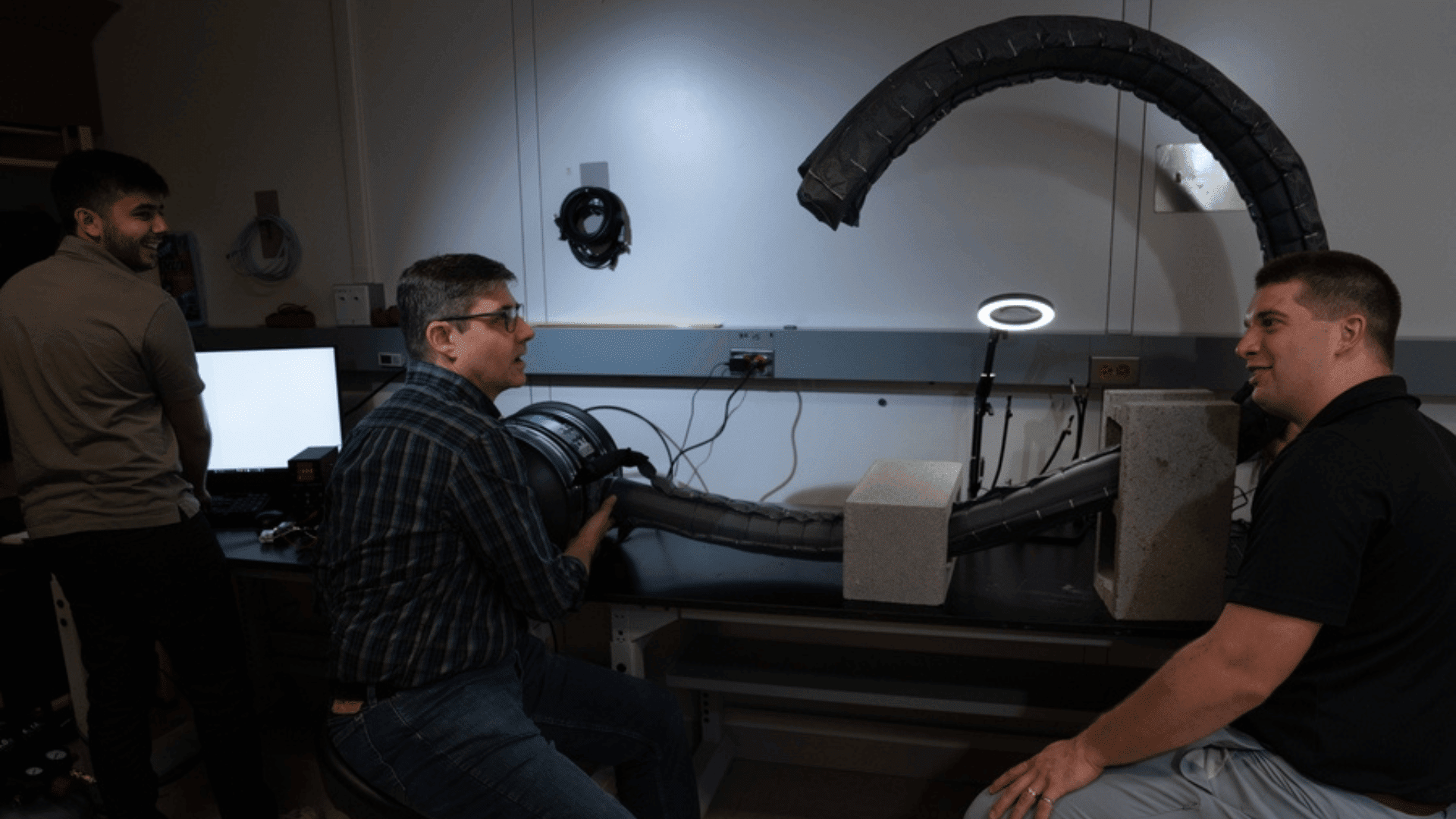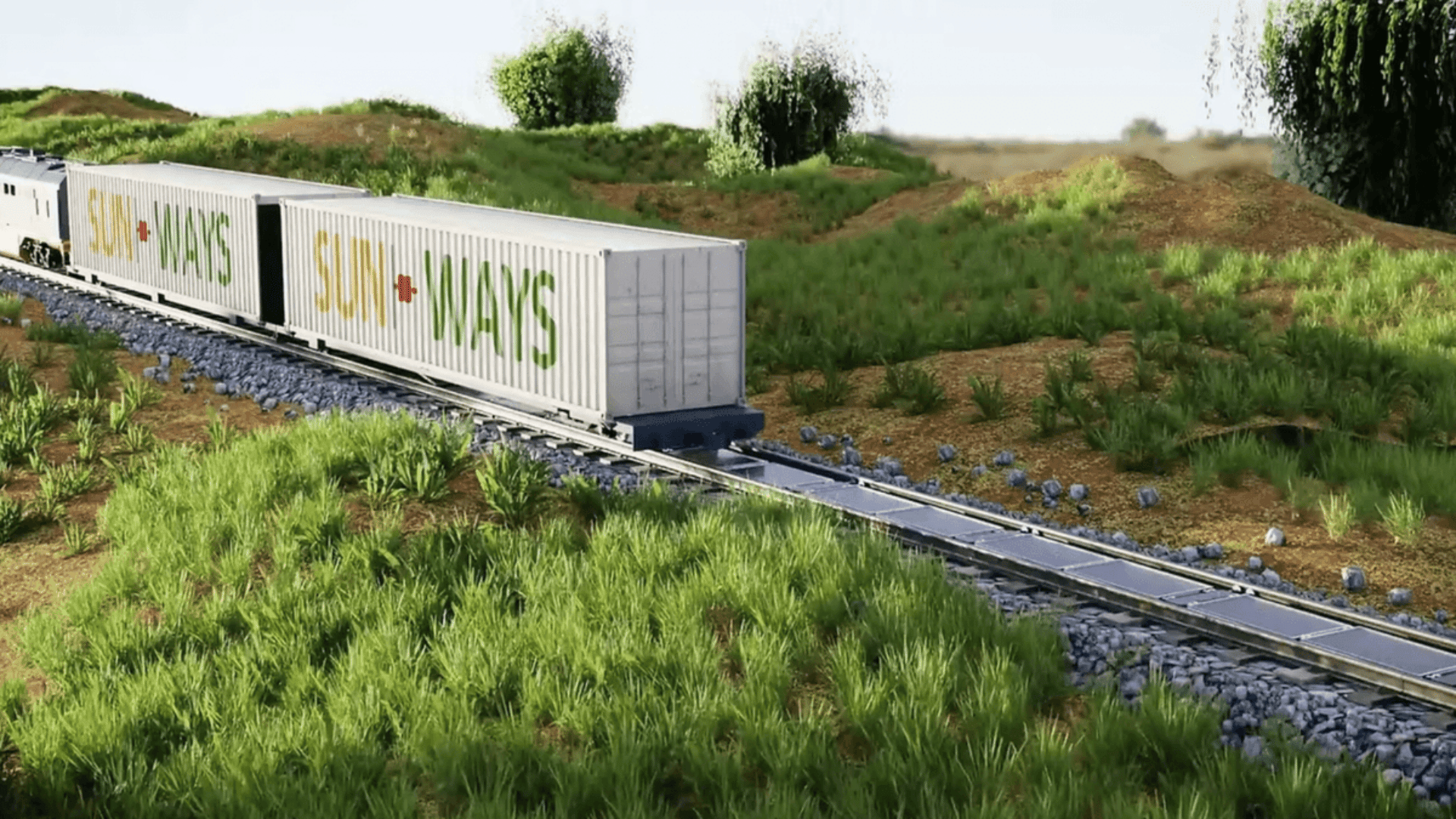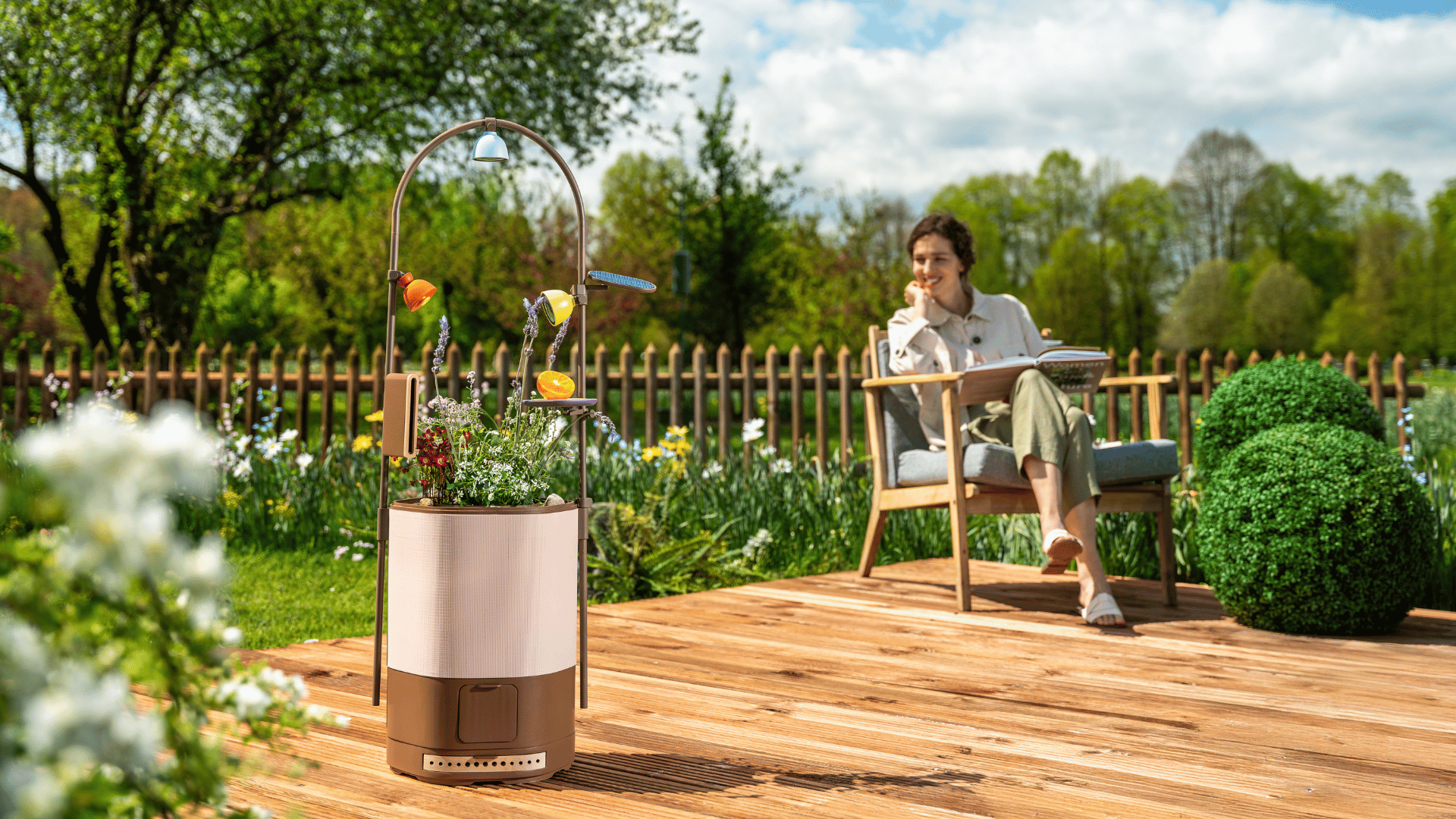Major disasters can turn buildings and structures into rubble, trapping victims at any moment. Rescuing these victims is no easy task, demanding excruciating work from first responders. MIT Lincoln Laboratory and Notre Dame researchers developed a potential tool to help these first responders when tragedy strikes. It’s a soft robot that can “grow and maneuver” around debris and obstacles. The Soft Pathfinding Robotic Observation Unit (SPROUT) is what researchers call a vine robot.
SPROUT Search and Rescue Robot

To help first responders during a disaster, SPROUT can reportedly be deployed under collapsed structures to “explore, map, and find optimum ingress routes through debris.”
“The urban search-and-rescue environment can be brutal and unforgiving, where even the most hardened technology struggles to operate,” said Chad Council, a member of the SPROUT team. “The fundamental way a vine robot works mitigates a lot of the challenges that other platforms face.”
First responders regularly integrate technology into search and rescue missions. However, conditions tend to limit the technology’s abilities. For example, MIT researchers say, a specially built camera can only probe on a straight path under a collapsed structure. Crews must clear debris or cut holes into a point of interest to search further.
Traditional robots are helpful to search above rubble, but are too fragile to explore the tight spaces underneath.
SPROUT reportedly overcomes these challenges using a low-cost robot that is easy to operate, equipped with cameras and sensors, capable of navigating “winding paths.”
How SPROUT Works
According to the developers, the SPROUT consists of an inflatable tube made from airtight fabric that unfolds from its base. The tube inflates with air and is controlled by a motor. The tube extends through rubble, flexing around corners and squeezing through tight paths. Its cameras and sensors are attached at the tip of the tube, which maps the area it’s navigating. SPROUT’s operator maneuvers it with joysticks, displaying the robot’s camera feed on a screen.
Researchers say that SPROUT currently can deploy up to 10 feet, but the team is working on extending the range to 25 feet.
“Urban search-and-rescue teams and first responders serve critical roles in their communities but typically have little-to-no research and development budgets,” said Nathaniel Hanson, who leads the SPROUT team. “This program has enabled us to push the technology readiness level of vine robots to a point where responders can engage with a hands-on demonstration of the system.”







